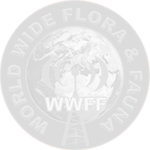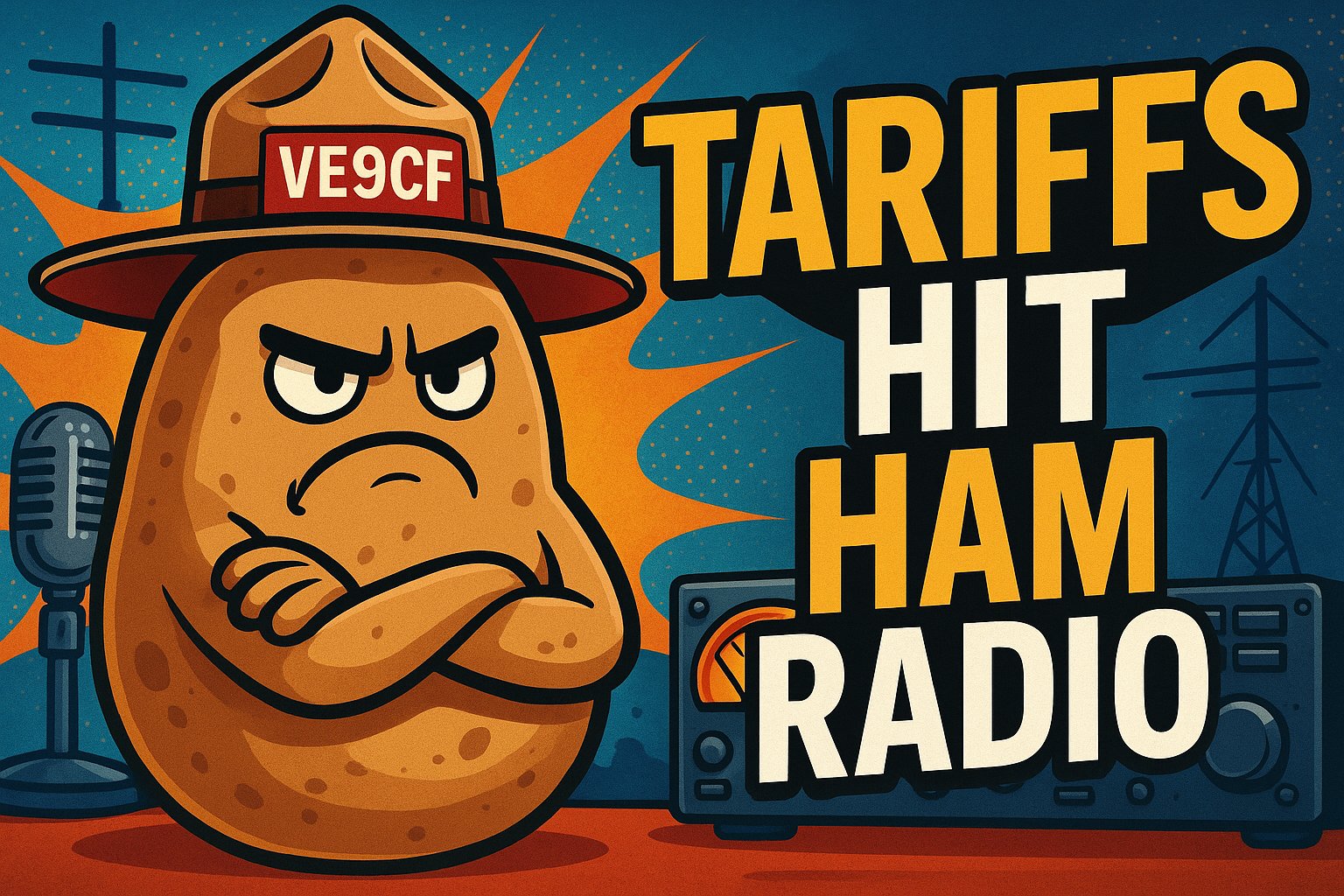Why Does New Brunswick Pay 15% HST? Exploring the Tax Rate Reasons
New Brunswick is one of the Canadian provinces implementing the Harmonized Sales Tax (HST), which combines federal and provincial sales taxes into a single tax rate. The HST rate in New Brunswick is currently 15%, one of the highest rates in the country. This tax impacts consumers and businesses and has sparked debates about fairness and effectiveness.
The HST was introduced in New Brunswick in 1997 to simplify the tax system and boost the province's economy. The tax consists of 5% federal and 10% provincial portions, combined for 15%. This revenue is then allocated to various sectors and services for the betterment of the people living in the province.
Key Takeaways
- New Brunswick's HST combines federal and provincial sales taxes into a single 15% tax rate
- The HST was implemented to simplify the tax system and support the province's economy
- Revenue from the HST is allocated to various sectors and services in New Brunswick
Background of HST in New Brunswick
Harmonized Sales Tax (HST)
In New Brunswick, you pay a Harmonized Sales Tax (HST) of 15% when you purchase most goods and services. This tax combines the federal Goods and Services Tax (GST) and the Provincial Sales Tax (PST) into a single tax rate. The federal portion of the HST is 5%, while the provincial component accounts for the remaining 10%. Certain items, such as books, audio recordings, and scriptures, are taxed differently, with a point-of-sale rebate for the provincial component, effectively lowering the tax to 5% on those items.
Reason for Implementation
The HST was introduced to New Brunswick residents to simplify the tax system and reduce the administrative burden on businesses. By combining the GST and PST into a single tax, businesses can operate more efficiently since they only need to collect and remit one tax instead of two. The HST also provides some benefits to consumers. The harmonized tax system allows for better cash flow management by businesses while enhancing the competitiveness of products and services produced within the province. The resulting decrease in the overall cost of doing business in New Brunswick can contribute to economic growth and investment, ultimately benefiting you and the province.
Breakdown of the 15% HST
Federal Component
The Harmonized Sales Tax (HST) in New Brunswick consists of a federal component at a rate of 5%. This portion is consistent across all provinces that apply HST and contributes to federal revenue. When you make a purchase, the federal component is included in the total HST that is charged on your transaction. Some items, like books and audio recordings, benefit from a point-of-sale rebate on the provincial component, resulting in a total tax rate of just 5%.
Provincial Component
In addition to the federal component, New Brunswick's HST also contains a provincial component at a rate of 10%. This revenue goes directly to the provincial government for various programs and services. The provincial component varies among Canadian provinces that use the HST system.
To summarize, New Brunswick's 15% HST is composed of:
- Federal Component: 5%
- Provincial Component: 10%
When considering your purchases, it's helpful to be aware of these components and their respective rates, as they impact the overall cost of goods and services in the province.
Comparison with Other Provinces
In Canada, different provinces have different rates of taxation. As a resident of New Brunswick, you pay a 15% Harmonized Sales Tax (HST) on all goods and services taxable under the Federal Excise Tax Act. This rate combines the federal Goods and Services Tax (GST) and the provincial sales tax.
When you compare New Brunswick's HST rate to other provinces, you will notice that it is not the only province that follows this 15% rate. Newfoundland and Labrador, Nova Scotia, and Prince Edward Island share the same HST rate. The provinces participating in HST have harmonized their rates with the federal GST to simplify the tax system and reduce administrative burden.
On the other hand, provinces like Alberta, British Columbia, Manitoba, Ontario, Quebec, and Saskatchewan have their own provincial sales taxes (PST) apart from federal GST. This creates a two-tiered system where consumers are charged the GST and PST separately. Here is a breakdown of the GST and PST rates for these provinces:
- Alberta: 5% GST, no PST
- British Columbia: 5% GST, 7% PST
- Manitoba: 5% GST, 7% PST
- Ontario: 13% HST
- Quebec: 5% GST, 9.975% Quebec Sales Tax (QST)
- Saskatchewan: 5% GST, 6% PST
While the 15% HST in New Brunswick may seem high compared to other provinces, the unified tax system makes managing it more straightforward for you and businesses. As a consumer, it's essential to know the sales tax rates in your province for informed decision-making when purchasing goods and services.
Impact on Consumers and Businesses
Benefits
The 15% HST applied in New Brunswick allows you to enjoy certain advantages. Businesses can benefit from a simplified tax system by combining federal and provincial taxes. This streamlines the taxation process, reducing the likelihood of errors and lessening the administrative burden on businesses and consumers.
Moreover, HST can potentially lower overall sales tax rates as it's applied to a broader base of goods and services. This can result in a more stable revenue source for the government, ultimately enabling them to invest more in public services, which may improve the quality of life in your community.
Drawbacks
Conversely, the 15% HST in New Brunswick has drawbacks. Many consumers may find it burdensome on their budget, as they have to pay higher tax rates on goods and services compared to provinces with lower HST or different sales tax structures.
Higher tax rates can also affect the competitive landscape for your business, as consumers may be more inclined to search for alternatives and more affordable products from other jurisdictions.
These drawbacks must also be considered while considering the impact of the 15% HST in New Brunswick.
Purpose and Allocation of the HST Revenue
Infrastructure
When you pay the 15% Harmonized Sales Tax (HST) in New Brunswick, a significant portion of this revenue is allocated to infrastructure. This includes constructing and maintaining roads, bridges, public transit systems, and other vital structures. Your contribution ensures these projects can be completed and the province's infrastructure remains up-to-date and efficient.
Social Programs
Another crucial aspect of the HST revenue allocation is the funding of social programs. Your tax dollars support healthcare, education, and other essential services that directly benefit residents of New Brunswick. By paying the 15% HST, you help provide:
- Accessible healthcare facilities and services
- High-quality education for the public
- Income support and benefits for those in need
Debt Reduction
Lastly, a portion of the HST revenue is allocated toward debt reduction. By contributing to New Brunswick's HST, you are playing a role in reducing the provincial debt. This benefits everyone, as lowering debt levels can help stabilize the economy, alleviate fiscal pressures, and create better opportunities for growth and development in the region.






